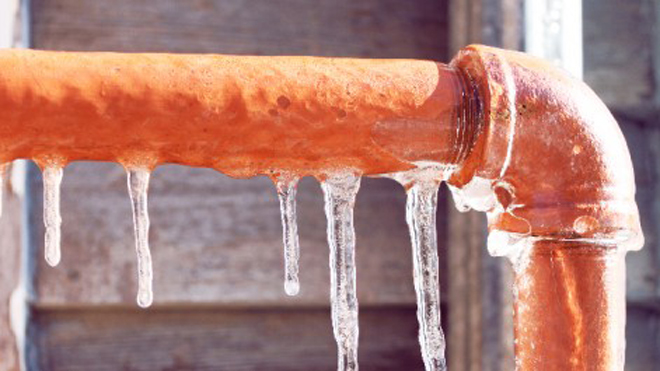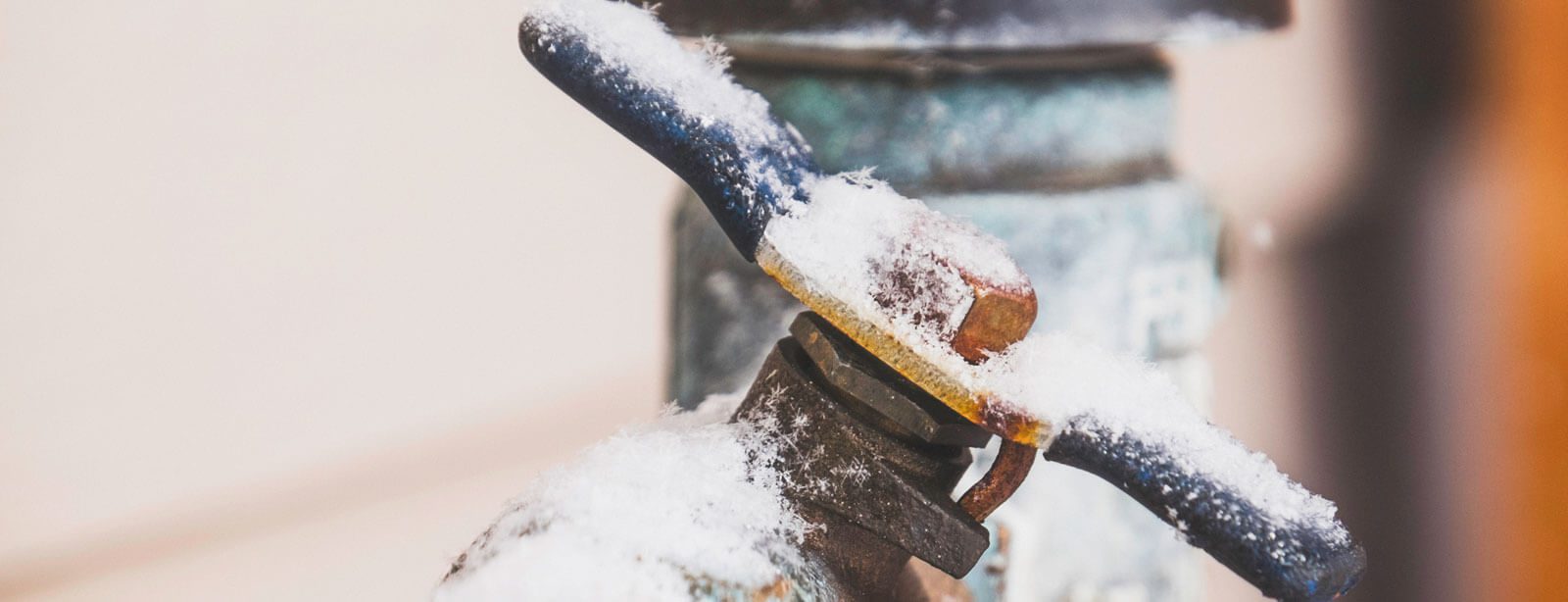Everybody may have his or her own rationale on the subject of Helpful Tips to Prevent Frozen Pipes this Winter.

Cold weather can damage your plumbing, specifically by freezing pipelines. Right here's how to avoid it from occurring and what to do if it does.
Intro
As temperatures decrease, the threat of frozen pipes rises, possibly resulting in pricey repair work and water damages. Comprehending just how to avoid icy pipes is critical for property owners in cold climates.
Comprehending Icy Pipelines
What triggers pipelines to ice up?
Pipes freeze when exposed to temperatures listed below 32 ° F (0 ° C) for expanded periods. As water inside the pipes freezes, it increases, putting pressure on the pipe walls and potentially triggering them to rupture.
Dangers and damages
Icy pipes can lead to water disruptions, home damages, and pricey fixings. Burst pipelines can flood homes and trigger substantial architectural damage.
Indicators of Frozen Pipeline
Recognizing icy pipelines early can prevent them from rupturing.
Just how to recognize frozen pipes
Try to find lowered water circulation from faucets, unusual odors or sounds from pipelines, and noticeable frost on revealed pipelines.
Avoidance Tips
Insulating susceptible pipes
Wrap pipelines in insulation sleeves or use warmth tape to secure them from freezing temperatures. Concentrate on pipelines in unheated or outside locations of the home.
Heating methods
Maintain indoor spaces appropriately heated, especially areas with plumbing. Open cupboard doors to permit warm air to distribute around pipes under sinks.
Shielding Outdoor Plumbing
Yard hoses and exterior taps
Separate and drain pipes yard pipes before winter season. Set up frost-proof spigots or cover outside faucets with insulated caps.
What to Do If Your Pipes Freeze
Immediate actions to take
If you suspect icy pipelines, keep taps available to eliminate pressure as the ice thaws. Utilize a hairdryer or towels soaked in hot water to thaw pipelines slowly.
Long-Term Solutions
Architectural modifications
Consider rerouting pipelines away from outside wall surfaces or unheated areas. Include added insulation to attics, cellars, and crawl spaces.
Updating insulation
Purchase high-quality insulation for pipes, attic rooms, and walls. Appropriate insulation aids preserve consistent temperatures and reduces the risk of frozen pipelines.
Conclusion
Stopping icy pipelines calls for aggressive actions and fast responses. By understanding the reasons, indicators, and safety nets, homeowners can shield their plumbing throughout winter.
6 Proven Ways to Prevent Frozen Pipes and Protect Your Home
Disconnect and Drain Garden Hoses
Before winter arrives, start by disconnecting your garden hoses and draining any remaining water. Close the shut-off valves that supply outdoor hose bibs and leave the outdoor faucet open to allow any residual water to drain. For extra protection, consider using faucet covers throughout the colder months. It’s also important to drain water from any sprinkler supply lines following the manufacturer’s directions.
Insulate Exposed Pipes
Insulating your pipes is an effective way to prevent freezing. Pipe insulation is readily available at home improvement stores and is relatively inexpensive. Pay close attention to pipes in unheated areas such as the attic, basement, crawl spaces, or garage. Apply foam insulation generously to create a buffer against the cold. You can also wrap your pipes in heat tape or thermostat-controlled heat cables for added warmth.
Seal Air Leaks
Inspect your home for any cracks or openings that could let in cold air. Seal any holes around the piping in interior or exterior walls, as well as the sill plates where your home rests on its foundation. Additionally, make sure to keep your garage door closed unless you’re entering or exiting. Leaving it open creates a significant air leak that can lead to frozen pipes.
Allow Warm Air Circulation
During cold snaps, it’s essential to allow warm air to circulate evenly throughout your home. Leave interior doors ajar to promote better airflow. Open kitchen and bathroom cabinets to help distribute heat consistently around the rooms. If you have small children or pets, be sure to remove any household chemicals or potentially harmful cleaners from open cabinets for safety.
Let Faucets Drip
A small trickle of water can make a big difference in preventing ice formation inside your pipes. When temperatures drop significantly, start a drip of water from all faucets served by exposed pipes. This continuous flow helps prevent the water from freezing. Additionally, running a few faucets slightly can relieve pressure inside the pipes, reducing the chances of a rupture if the water inside does freeze.
https://choateshvac.com/6-proven-ways-to-prevent-frozen-pipes-and-protect-your-home/

I'm very interested in How to prepare your home plumbing for winter weather and I am hoping you liked the entire article. Are you aware of another person who is serious about the topic? Do not hesitate to share it. Thanks a bunch for your time. Kindly check our blog back soon.
Call Today